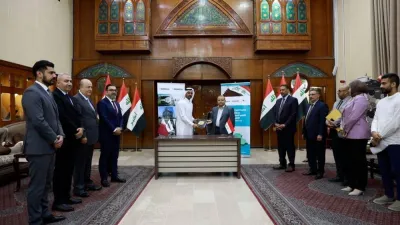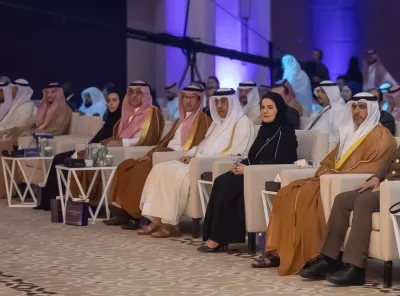Energy investments in Asean are the order of the moment, especially for Gulf investors. The best example for this has been the recent announcement of the Qatar Investment Authority to pump $5bn into oil and petrochemical projects in Malaysia. The attention of the Qatari state fund has been attracted by the Pengerang Integrated Petroleum Complex in the southern Malaysian state of Johor that is expected to help Malaysia compete with neighbouring Singapore to become the region’s top petrochemical hub.
The investment figure sounds massive, but it is actually only a drop in the bucket: Pengerang is expected to accumulate $55.84bn in investments by the time it begins operations in 2016, a sign for the huge size of this project that is only one of many in Asean as the ten-member bloc starves for new developments in the hydrocarbon and energy sector.
For Qatar, such projects have two advantages. Firstly, the Asean tiger states are on the roar in the upstream and downstream hydrocarbon industry. Demand not only for oil and gas and its related products is on the rise due to the buoyant regional economies, but there are also a great number of energy projects going on to satisfy the hunger of the Asean industry and its population for power. Secondly, an emerging region such as Asean opens a window of opportunity for Qatar in its efforts to diversify its economy. As full diversification will most likely not be achieved in the short term by transforming the Qatari national economy as a whole, the Qatar investment authorities have additionally resorted to diversification by investments abroad, among other sectors into the energy business.
Currently, Qatar is scanning the globe for multibillion-dollar energy investments to vastly expand its international energy reach by increasing presence in high-consuming markets in Asia. What food security is for the Gulf states is energy security for Southeast Asia.
Most Asean countries are highly dependent on oil import more than ever, with a projected 315,000 kilotonnes of oil equivalent annually by 2030 needed, according to experts. With this dependency, Asean has become more vulnerable to energy supply disturbances as the region sources more of its supply outside the bloc. Even more they are open to investments and partnership with energy-rich nations.
In its action plan on energy security, formulated in 2010 and covering the period until 2015, Asean aims to enhance energy security and sustainability of the region through a combined power grid, the Trans-Asean gas pipeline, large hydropower projects and other renewable energy ventures, as well as projects on energy efficiency and conservation. Interestingly, Qatar has similar plans to transform its energy sector – through projects such as Energy City or the huge solar plant being constructed by Qatar Solar Technologies, just to quote two examples - and the potential for cooperation is obvious.
*Our columnist Dr Arno Maierbrugger is Editor-in-Chief of www.investvine.com, a news portal owned by Inside Investor focusing on Southeast Asian economic topics as well as trade and investment relations between Asean and the GCC. The views expressed are his own.
http://investvine.com/



